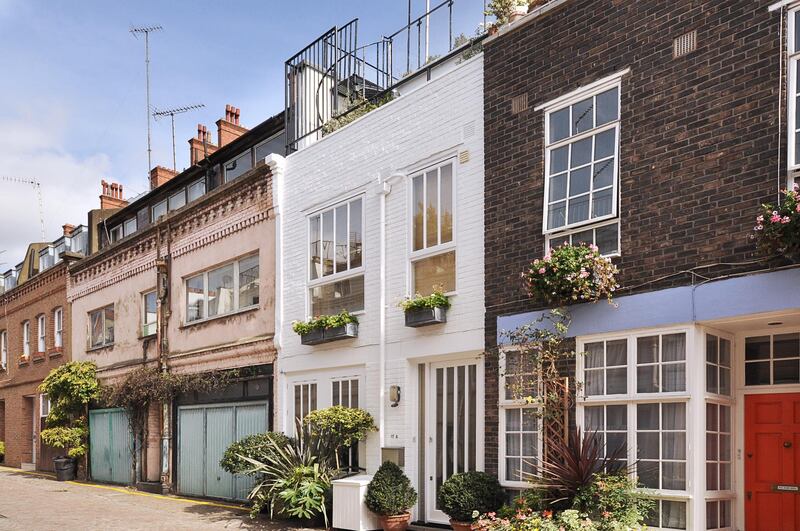Rental growth nearly doubled in the UK in 2019 as lower stock levels drove up prices, despite the uncertainty of Brexit and an exodus of some jobs from the country.
Rent increased 2.1 per cent year-on-year in November across the country, compared with 1.1 per cent for the period last year. An average newly let home was £989 (Dh4,734) a month last month – up £20 from 2018, according to the Hamptons International Lettings Index.
The trend was particularly noticeable in southern England where rents went up 4.2 per cent year-on-year in the south-west, 4.1 per cent in the south-east and 2.6 per cent in the east of the country.
However, there was only a 1.1 per cent rise in London and the north recorded the weakest growth of 0.2 per cent.
A sharp drop in the number of properties available for rent, particularly in the south, was the reason with a falling number of landlord purchases meaning less homes to let, according to the Hamptons index.
But this could change, albeit slowly, amid signs that “investors are starting to return to the market, particularly in London”, Hamptons said.
While there were 7.8 per cent fewer properties to rent in the first 11 months of 2019 compared to the year before, the south of England had 11.7 per cent less homes to let. Hamptons said more landlords in the region had sold up this year.
"Rental growth in Great Britain accelerated throughout 2019, moving back towards its long-term average. Average rents rose 2.1 per cent in November 2019, nearly double the rate recorded last year. While rents rose in every region, the South led the way," said Aneisha Beveridge, head of research at Hamptons International.
“Rental growth has been driven by a decrease in the number of homes available to rent. The tax and regulatory changes announced in 2016 have resulted in fewer landlord purchases, particularly in the South, causing some landlords to sell up.
“Landlords purchased 11 per cent of homes sold in Great Britain so far this year, 5 per cent less than the peak in 2015. However, after four years of falls there are now signs that landlords are beginning to return to the market - particularly in London where house price falls and steady rental growth are gradually enticing investors back,” she added.
London and the south-east remain the most expensive places to rent while northern England is the cheapest. Per calendar month the average London new let would cost £1,724 to rent and in south-east England £1,076.
This is compared to £641 in northern England, £673 in Scotland, £671 in Wales and £694 in the midlands of England.
A report by Hamptons last month found that the number of homes rented out by overseas landlords had increased to 11 per cent from 7 per cent of the private housing market. The rise was likely motivated by a weak pound.
The Hamptons index is based on figures from the Countrywide Group, Britain’s largest letting agent. It uses data from the 90,000 homes let and managed by Countrywide annual and is based on achieved rents.








